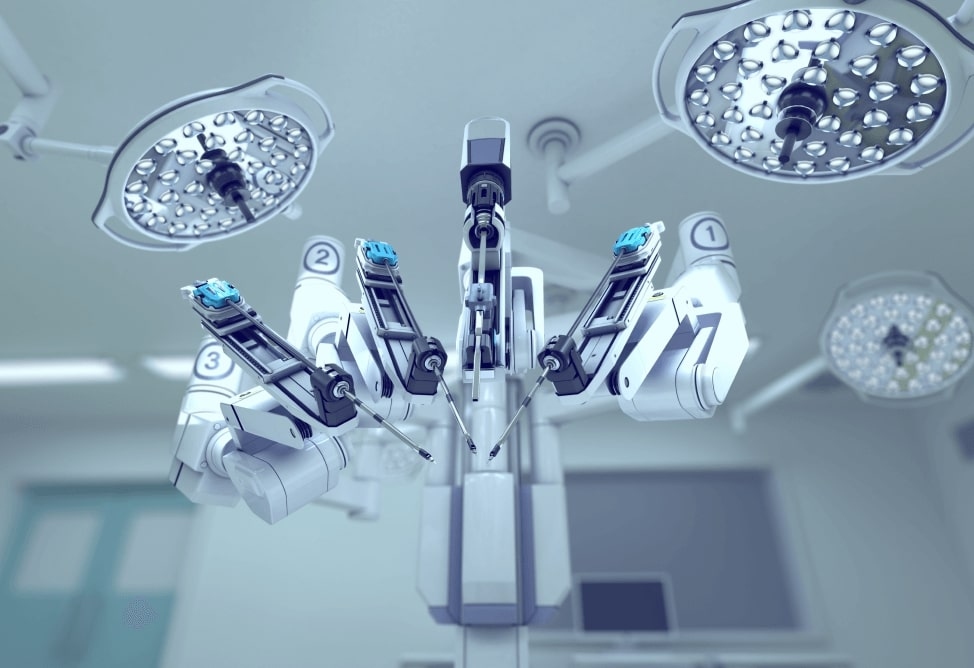Comments
- No comments found

Medical devices encompass a wide range of products that are considered vital to the healthcare sector.
They are used in the identification, tracking, and management of several medical conditions. There are several chances and trends in the medical device sector for players who are shutting their books to make money. When new technologies emerge and the market changes, this piques the attention of investors and venture capitalists.
The pandemic caused supply chain problems and budget constraints for innovation, but the medical device sector expanded faster than expected. This demonstrated how it may enhance patient outcomes and medical procedures. The sector is well-positioned for further expansion and now focuses on enhancing patient care and healthcare efficiency.
On this website, you can look at some of the issues in this industry, but now let's examine the major themes that will have a major impact on how the medical device sector develops moving forward:

The technique of 3D printing is being increasingly used by the medical sector. Among its applications are orthotics and prosthetics, training, surgical planning, and the provision of a physical replica of the operating room. Orthopedic and craniofacial implants, surgical tools, and dental restorations are a few examples of medical items manufactured using 3D printing technology. Medical implants and gadgets made using 3D printing are customized to a patient's anatomy or a particular procedure. Because of this, they could become a trend more successfully than mass-produced ones.
For instance, doctors have discovered that individualized operations using 3D-printed implants and equipment tailored to each patient reduce pain and speed up recovery after knee surgery. With 3D printing, there is a big chance to improve the quality of the materials used in orthodontic and dental operations.
During the pandemic, software-based medical gadgets known as "digital therapeutics" gained enormous popularity. Clinicians employ these often artificial intelligence (AI)-based gadgets to virtually treat, manage, and prevent a broad range of illnesses and disorders.
At-home diagnostics, a key component of digital therapeutics, have not only empowered patients to take charge of their health but have also significantly enhanced healthcare accessibility and efficiency. This paradigm shift has been acknowledged by 63 % of medtech executives, who believe that digital therapies will reshape the sector in the next decade. Frost & Sullivan's projection of a 29.8% compound annual growth rate for the U.S. digital therapies market between 2020 and 2025 further validates this trend.
Digital treatments and at-home diagnostics are closely connected in that both enable patients to take charge of their own health. These gadgets, which are intended to identify probable illnesses or ailments, are classified as medical devices even though they aren't always AI-based. COVID-19 tests were extensively sent to houses across the world during the epidemic, and individuals became used to testing themselves. This led to an enormous growth spike in the in-vitro (IVD) diagnostic business; however, as the epidemic passed, this market slowed down significantly.
Medical gear and software may be connected to networks to access healthcare IT systems via the Internet of Medical Things (IoMT). By creating a barrier between patients and their physicians and enabling the sharing of medical data via a secure network, it reduces the need for needless hospital stays and the load on the healthcare system.
Examples of IoMT include identifying patients upon hospital admission, tracking prescription orders, and remotely monitoring patients with chronic or long-term medical conditions. Additionally, patients may wear wearable medical gadgets that alert caregivers to information.
Despite being around since the 1990s, medical robotics is a fast-growing subject with a wide range of advancements and applications.
This tendency is best shown by robotic surgical devices, such as the newly authorized MicroPort Navibot robotically assisted complete knee replacement option. These robots may perform minimally invasive surgeries with fewer incisions, less scarring, and quicker recovery periods.
In physical therapy and rehabilitation settings, robotic exoskeletons and assistive equipment help patients regain strength and movement. These gadgets adjust to the patient's development and provide focused assistance.
In remote surgery and telemedicine, robots are essential. Surgeons may perform surgery on patients in remote locales, increasing access to healthcare and providing specialized treatment to disadvantaged communities.

Advanced medical gadgets may now perform much better thanks to cloud computing, which transfers computationally demanding activities to the cloud. This change makes the gadgets more affordable and user-friendly by reducing their physical size and complexity. Medical devices no longer need large onboard processing units to perform sophisticated tasks like real-time data analysis, predictive diagnosis, and individualized patient care algorithms because of the cloud's computing capacity.
This lowers the cost of production and maintenance while also simplifying the device's design. Moreover, the integration of cloud computing in medical devices enables ongoing software upgrades and enhancements, guaranteeing that the devices consistently function with the most recent technology and regulatory guidelines. Because cloud resources are scalable, the cloud architecture can readily adjust to the increasing needs of medical applications, offering a smooth and effective solution for patient care and medical device innovation.
The medical technology sector is expanding quickly and has the potential to transform healthcare worldwide. Investors and emerging businesses alike can take advantage of this potential. However, the legal framework and dedication to sustainability are essential. To guarantee product standards and safe implementation, businesses need to collaborate closely with authorities and industry experts.
Leave your comments
Post comment as a guest